One of the joys of growing your own vegetables and fruits is to finally have a bountiful harvest. Having said that, you may have questioned how to preserve garden veggies in the event that your garden produces an abundance of produce. You probably want to keep your food fresh so that you don't waste it and so that your family has food.
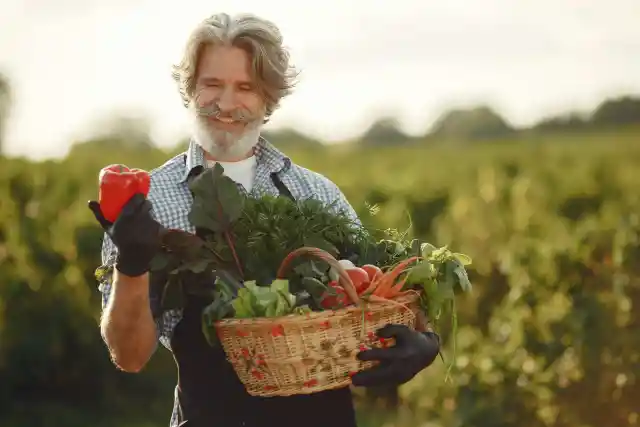

Storing your crop is an excellent approach to dealing with gluts, which are defined as an abundance of a single vegetable, as well as months in which very little is planted. Storage options for your vegetables include drying, freezing, and preserving them. There are various ways to keep your vegetables and we have them right here for you:
🍓
Refrigeration
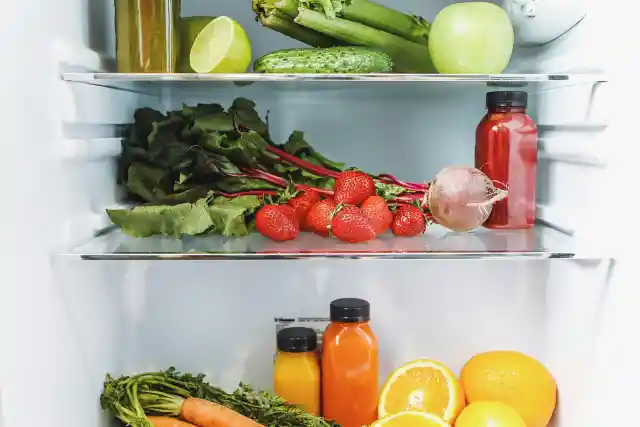

Apples, pears, raspberries, blueberries, and carrots can last longer if they are put properly in the fridge. If your refrigerator has a crisper drawer, use it to store apples and pears. If not, fridge bags are fine for food. Keep apples and pears away from other foods because they give off a gas that makes nearby fruits and veggies ripen faster. Before you store blueberries or strawberries, take out any that have mold on them. Wash it before putting it away. Put them in a container that has been lined with a paper towel and arrange them in a single layer. Carrots can be stored in the refrigerator. First, take off any carrot greens that are on them. Then, wash them gently under running water to get rid of any dirt, and pat them dry. The most suitable location is in the crisper drawer, either in a sealed container or produce sack.
🍇
Sack Storage
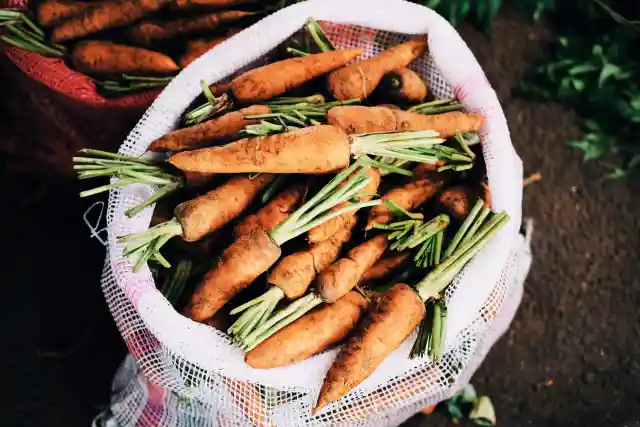
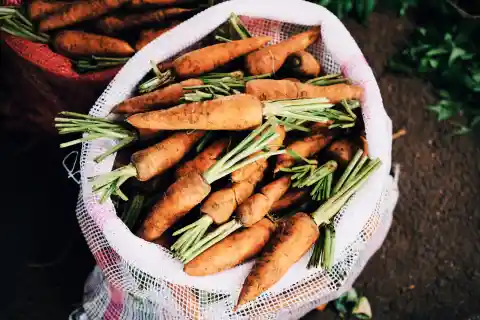
Carrots, potatoes, and beets are great examples of root vegetables that may be stored for a long time. Take the green tops off of the carrots and beets and lay them out in a single layer. Do not wrap them. Putting a layer of sand over both of them keeps them from getting too soft. Cotton or paper bags can be used to store potatoes. After picking, set them out in the sun to dry on a dry day. Get rid of any mud on the potatoes to keep mold from growing. Keep them somewhere dark so that deadly green spots don't form on the skins. It's best to leave parsnips in the ground all winter and only pick them when you need them.
🍊
Freezing
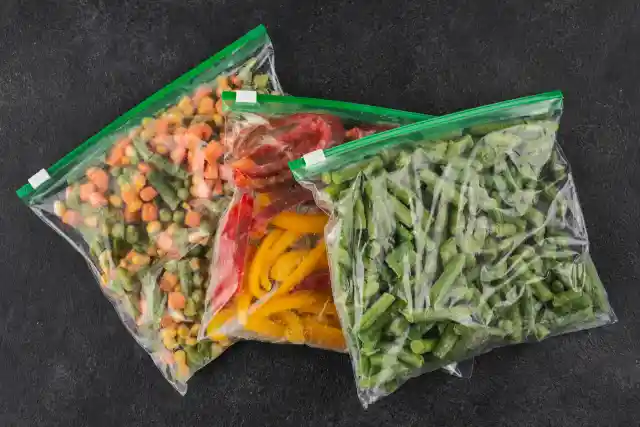
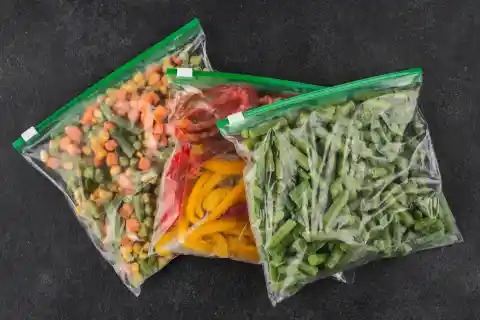
There is no easier process than freezing. It is recommended to freeze fruits and vegetables as soon as they are collected. In order to prevent them from "freezer burn," you should first properly wash them and then place them in a bag that can be sealed with a press.
Before you put certain fruits, such as apples and spinach, in the freezer, you might need to blanch them first. This can help these meals keep their color and flavor by reducing the action of enzymes. The vegetable or fruit should be brought to a boil in a half cup of water, and then it should be transferred straight into ice-cold water. After that, it should be dried and placed in the freezer.
🍎
Drying
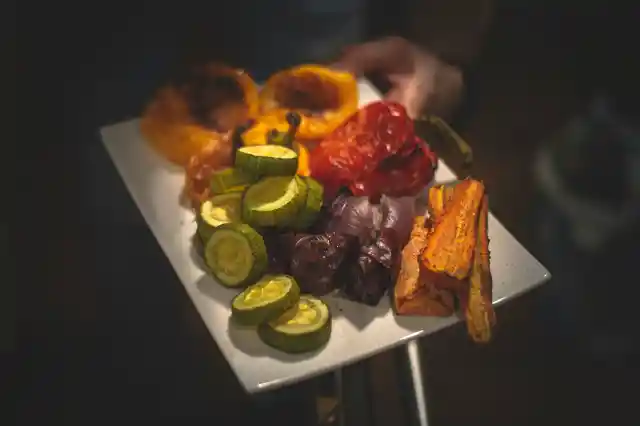

Drying your crops is the most common way to preserve your produce. The reason that drying crops is so effective is that it has the potential to enhance both the flavor and the texture of the crop, which in turn makes your vegetables an excellent addition to a variety of cuisines. In comparison to other approaches, it is also relatively simpler. After washing and slicing your crops, all that is required of you is to put them out on a tray so that they may get some air. After being exposed to air, they should be left in the sun for a period of time so that they can dry out naturally. Once they have dried, you can use them as spices in your dish while you are cooking, or you can keep them in jars that are airtight or in canning jars.
🍒
Dehydration
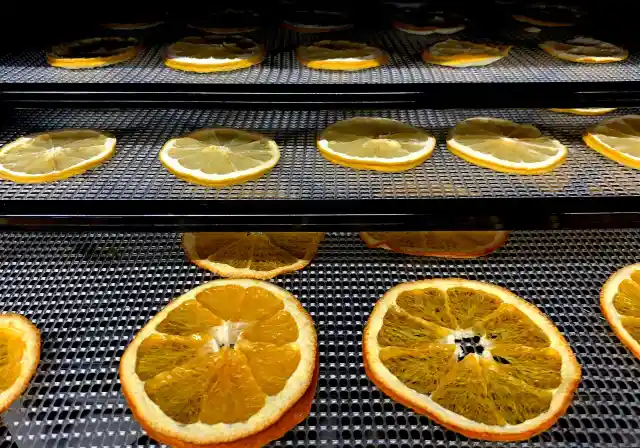
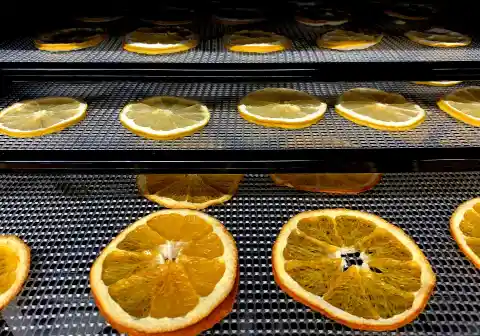
The process of dehydrating vegetables and herbs is a fantastic method for preserving their flavors and extending the shelf life of these foods. Select an appropriate food dehydrator as the first step in the process. The two most common varieties are stackable and box-and-shelf. While stackable units are small, the uneven heat distribution means that the trays need to be rotated. Box-and-shelf units, on the other hand, have better heat distribution. The next step is to gather and prepare your herbs. Mints, basil, oregano, rosemary, and lemon balm all work well. After washing and drying the herbs, remove any leaves that are damaged. When it comes to vegetables, slicing them can help them dry more quickly. Before placing the prepped vegetables or herbs on the trays, set your dehydrator to around 140 degrees Fahrenheit (60 degrees Celsius).
🍍
Pickling
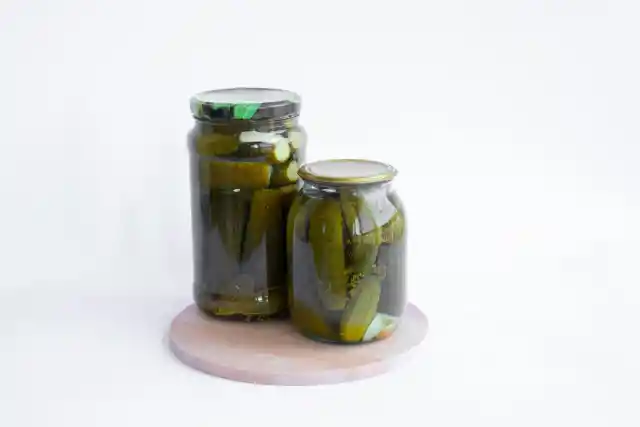

When it comes to preserving veggies from your garden, pickling is known to be one of the most delicious and easy methods. You may have a good time doing this hobby with your family and friends, and the bright jars of pickled fruits and vegetables are a stunning addition to any kitchen. On top of that, pickles go great with salads and grilled foods.
While cucumbers are often thought of as a summery delight, there is really an endless variety of vegetables that can be pickled: asparagus, turnips, peppers, tomatoes, beets, cauliflower, carrots, ginger, onions, mushrooms, rhubarb, and so on.
🥝
Jams and Chutneys
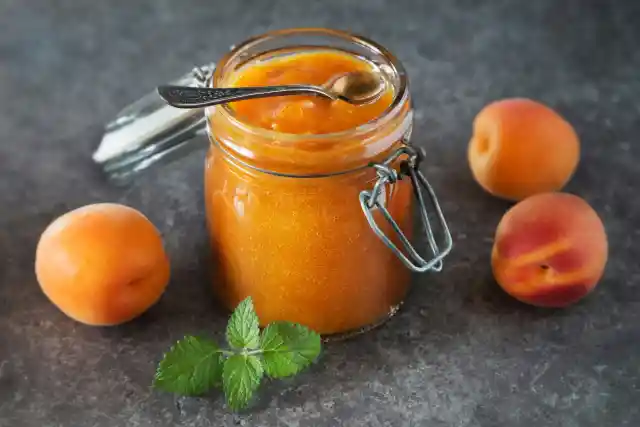
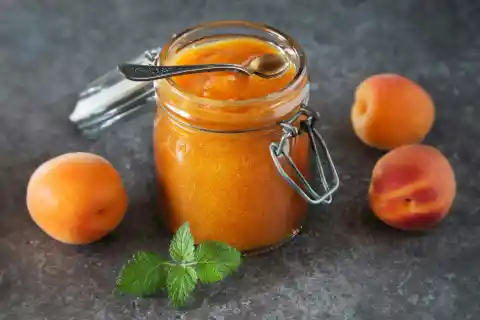
One tasty way to preserve the flavors of extra produce is to make jams and chutneys. Carrot marmalade (carrots cooked with sugar, lemon zest, and juice), tomato jam (chopped tomatoes with spices and vinegar), and jams made from zucchini, parsnips, or pumpkin are just a few examples of vegetable jams. When it comes to fruit chutneys, two great options are apple chutney (made by mixing apples, onions, ginger, and spices) and mango chutney (made by combining diced mangoes, ginger, garlic, and red chilies). Sandwiches, cheeses, and other foods can all benefit from these adaptable preserves.
🍌
Canning
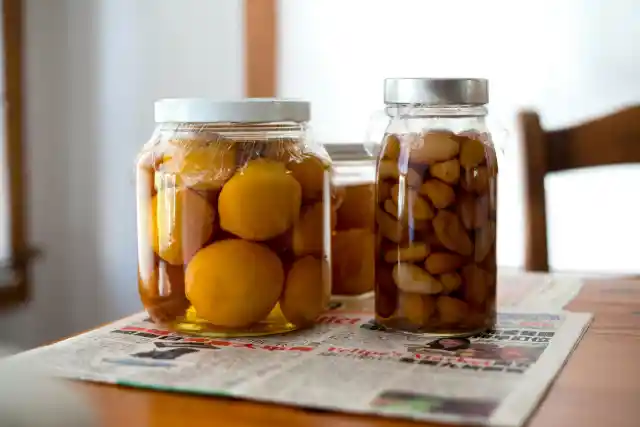
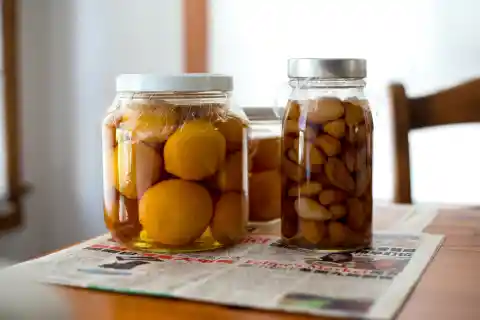
A wonderful way to savor the tastes of fresh vegetables all year is to can it. The two most common ways are pressure canning and water bath canning.
Foods with a high acidity level, such as fruits and pickles, are best canned in a water bath. So, here's the deal: First, boil some water to sterilize the glass jars. Then, blanch some vegetables or cut some fruits. Once everything is ready, fill the jars with the prepared product. Next, add enough liquid, such as syrup, juice, or water, to cover the produce. Finally, seal the jars and process them in boiling water for the prescribed time.
For goods that aren't too acidic, like vegetables, pressure canning is a good option. This is done by first sterilising jars, then filling them with chopped vegetables, adding liquid (often broth or water), sealing the jars, and processing them under pressure.